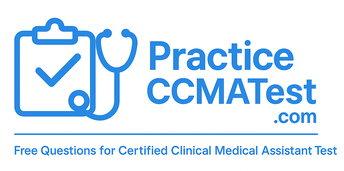Practice CCMA Test 4 consists of 40 questions, and most of these questions are based on scenarios, making them more challenging. Here, you will answer multiple contexts simultaneously, such as patient needs, procedures, and practice standards. These types of questions help you practice critical thinking while under examination-like pressure.
40 Questions
This section focuses on assessing your knowledge and ability to stay consistent with every clinical scenario. Ensure that you focus on the rationale behind your decisions. When you feel confident, move on to Practice CCMA Test 5, designed to be the most exam-like section.
Next: CCMA Practice Test 5Latest posts by Lucas Bennett (see all)
